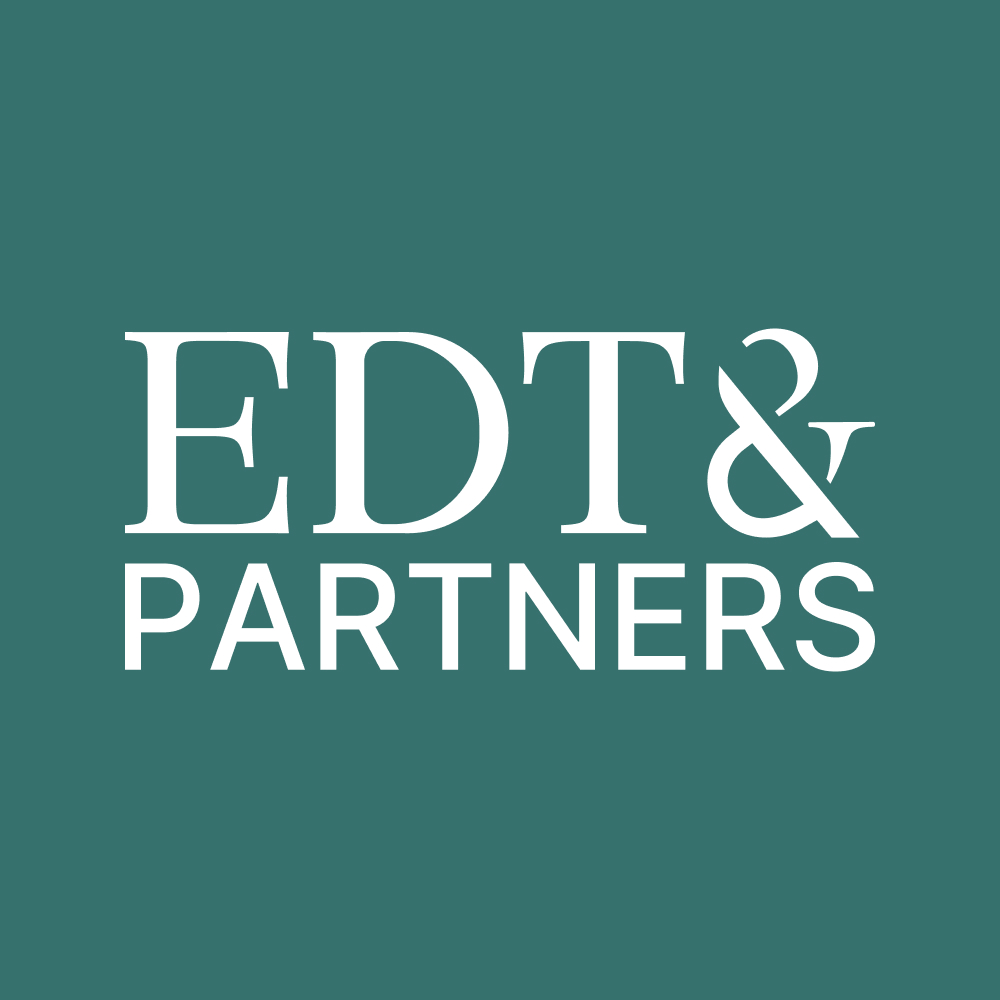Back to The EDiT Journal
Intro to EdOps. Part II: Implementing EdOps. 5 Practices to Improve Cloud Optimization in Edtech
In the second part of our series about EdOps, we’re going to go in-depth into how to improve your cloud optimization.



Our last article introduced the concept of EdOps, the practice that combines modern Ops best practices with a new dimension specifically tailored to the needs of education. In the second part of our series about EdOps, we’re going to go in-depth into how to improve your cloud optimization.
Cost Visibility and Monitoring
A robust cost-tracking and monitoring system is crucial for effective cloud cost optimization. It provides organizations with transparency and insights into their cloud spending, enabling informed decisions and early identification of cost-saving opportunities. In the context of an Edtech company, this means gaining a deeper understanding of cloud expenses, detecting cost anomalies, and improving accountability.
To establish an effective cost-tracking and monitoring system, organizations can leverage cloud cost management tools and platforms. These tools offer features for cost breakdowns, usage analytics, and forecasting. According to AWS they integrate with cloud service providers, providing centralized monitoring and reporting. Popular tools include AWS Cost Explorer, Azure Cost Management and Billing, Google Cloud Cost Management, and third-party solutions like CloudThread and CloudCheckr.
Continuous monitoring is essential for cost optimization. Cloud costs are dynamic and continuous monitoring ensures proactive identification of cost-saving opportunities and prevention of cost spikes. Regular cost reviews, analysis of reports and trends, and stakeholder engagement are practices that facilitate ongoing monitoring. This approach allows organizations to make informed decisions, optimize resource utilization, and measure the effectiveness of cost-optimization strategies.
Strategies for Cloud Cost Optimization
1. Cost Breakdown and Reporting
To effectively optimize cloud costs, Edtech companies, universities and educational institutions need a robust cost breakdown and reporting system. This involves analyzing cost data at a granular level to gain insights into spending patterns and resource utilization. Detailed reports provide visibility into cost drivers, enabling informed decision-making for cost optimization initiatives. By categorizing costs based on services, resources, and departments, organizations can identify areas of high expenditure and take targeted actions to optimize costs. Additionally, regular cost reporting facilitates ongoing monitoring and evaluation of cost-saving efforts, allowing organizations to track progress and make adjustments as needed.
2. Right-sizing and Resource Allocation
- Identifying Over-provisioned Resources
Over-provisioned resources, such as instances or services with excessive capacity, can result in unnecessary costs. Edtech companies can identify such resources by monitoring utilization metrics, such as CPU, memory, and network usage. By understanding the workload requirements and identifying underutilized or oversized resources, organizations can right-size or terminate them, optimizing resource allocation and reducing costs.
- Choosing Appropriate Instance Types and Sizes
Selecting the right instance types and sizes based on workload requirements is crucial for cost optimization. Edtech companies should consider factors such as CPU, memory, storage capacity, and network performance when choosing instances. By aligning workload needs with the appropriate instance characteristics, organizations can ensure optimal resource utilization and cost efficiency. For example, workloads with low computational requirements may benefit from instances with lower CPU and memory specifications, resulting in cost savings without compromising performance.
3. Utilization and Performance Optimization
In the law specific uses of AI rather than individual technologies will be regulated.
- Leveraging Auto-scaling and Load Balancing
Auto-scaling allows organizations to automatically adjust resource capacity based on workload demands. By dynamically scaling resources up during peak periods and scaling down during periods of low demand, organizations can optimize costs by aligning resources with actual usage. Additionally, load balancing distributes workloads across multiple resources, maximizing their utilization and preventing resource underutilization or overloading.
- Optimizing Resource Utilization
Monitoring and optimization tools provide valuable insights into resource utilization patterns, allowing organizations to identify opportunities for optimization. By leveraging these tools, organizations can monitor resource usage, identify underutilized or idle resources, optimize configurations, and fine-tune performance parameters. Continuous monitoring enables proactive cost optimization, ensuring that resources are efficiently utilized and unnecessary costs are minimized.
4. Storage Optimization
- Choosing the Right Storage Options
Data storage costs can vary significantly based on the type of storage utilized. Edtech companies should carefully evaluate their data storage needs and choose the most cost-effective storage options accordingly. Object storage, for example, may be suitable for storing large amounts of unstructured data, while block storage may be ideal for high-performance database workloads. By understanding the characteristics and costs of different storage options, organizations can optimize costs while meeting data access and performance requirements.
- Archiving and Data Lifecycle Management
Implementing effective data lifecycle management practices can significantly reduce storage costs. Archiving infrequently accessed data to lower-cost storage tiers or using storage tiers with longer retrieval times can help optimize costs without sacrificing data availability. Setting up retention policies based on data value and regulatory requirements ensures that data is stored for the appropriate duration, minimizing unnecessary storage expenses.
5. Reserved Instances and Pricing Models
- Archiving and Data Lifecycle Management
Reserved capacity options are available across various cloud providers, offering cost savings for committing to usage in advance. These options allow organizations to reserve resources, such as virtual machines or database instances, for a specified duration, typically one to three years. In return, they receive significant discounts compared to on-demand pricing. Understanding the available reserved capacity options and commitment discounts offered by your cloud provider enables you to make informed decisions to optimize costs.
- Evaluating Pricing Models
Cloud providers offer different pricing models to accommodate various workload demands and cost optimization strategies. While on-demand instances provide flexibility and pay-as-you-go pricing, they may not be the most cost-effective option for long-running or predictable workloads. Spot instances, available across multiple cloud platforms, allow organizations to bid on unused capacity and potentially achieve significant cost savings. Spot instances are suitable for fault-tolerant, flexible, or non-time-sensitive workloads. Exploring pricing models beyond the standard on-demand offering can help identify opportunities for cost optimization.
Conclusion
In conclusion, cloud cost optimization is a critical aspect of managing cloud resources effectively. By implementing the strategies and best practices discussed in this article, Edtech companies can achieve significant cost savings while maintaining performance and efficiency in the cloud.


.png)
.png)

